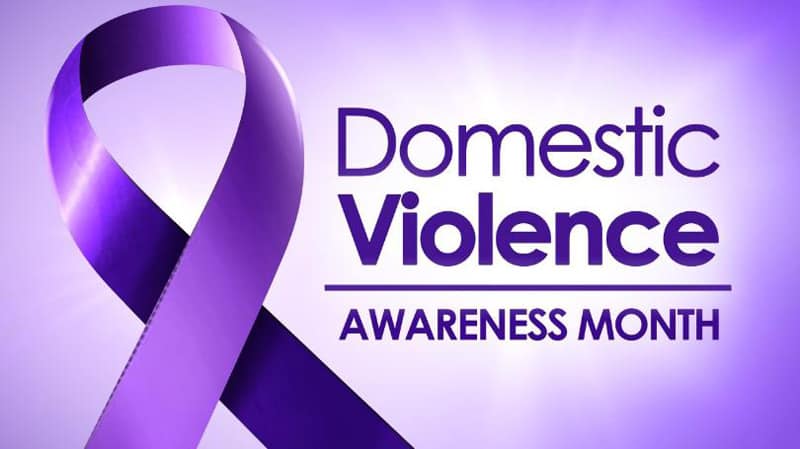
By Bob Millikan
October was first declared as National Domestic Violence Awareness Month in 1989. Since then, October has been a time to acknowledge domestic violence survivors and be a voice for its victims. Domestic violence is prevalent in every community, and affects all people regardless of age, socio-economic status, sexual orientation, gender, race, religion, or nationality. Physical violence is often accompanied by emotionally abusive and controlling behavior as part of a much larger, systematic pattern of dominance and control. Domestic violence can result in physical injury, psychological trauma, and even death. The devastating consequences of domestic violence can cross generations and last a lifetime.
Although there has been substantial progress in reducing domestic violence, an average of 20 people are physically abused by intimate partners every minute. This equates to more than 10 million abuse victims annually. 1 in 3 women and 1 in 4 men have been physically abused by an intimate partner, and 1 in 5 women and 1 in 7 men have been severely physically abused by an intimate partner. Millions of Americans live in daily, silent fear within their own homes. In addition, every year millions of children are exposed to domestic violence. Domestic violence incidents affect every person within a home and can have long-lasting negative effects on children’s emotional well-being, and social and academic functioning. For more information, please click here.

This issue is even more prevalent in the LGBTQ community as 60% have experienced domestic, family or intimate partner violence and abuse in their lifetime. Sadly, despite the prevalence, LGBTQ people are less likely to identify domestic or family violence in their relationships, less likely to report it to the police or seek support from services, and are far less likely to find support services that meet their specific needs. For more information you can visit the LGBTQ Domestic Violence Awareness Foundation.